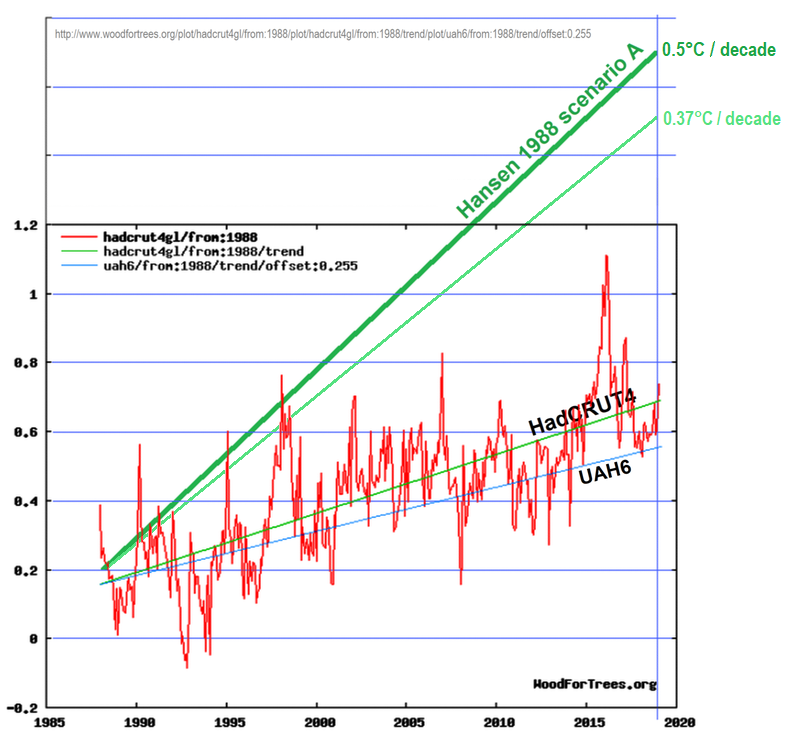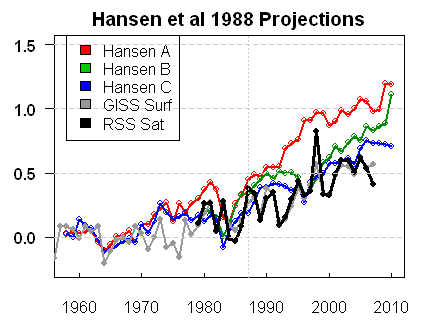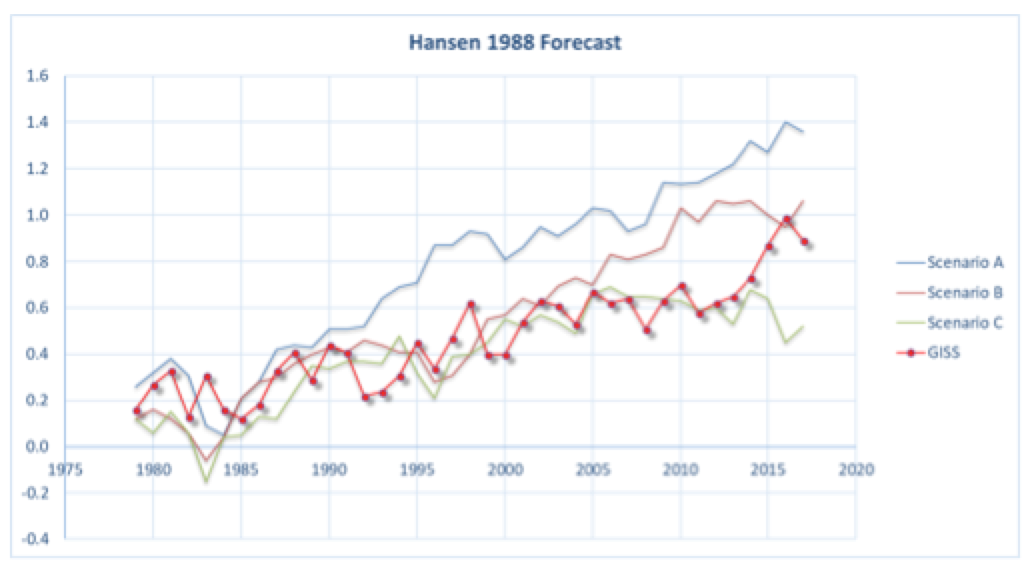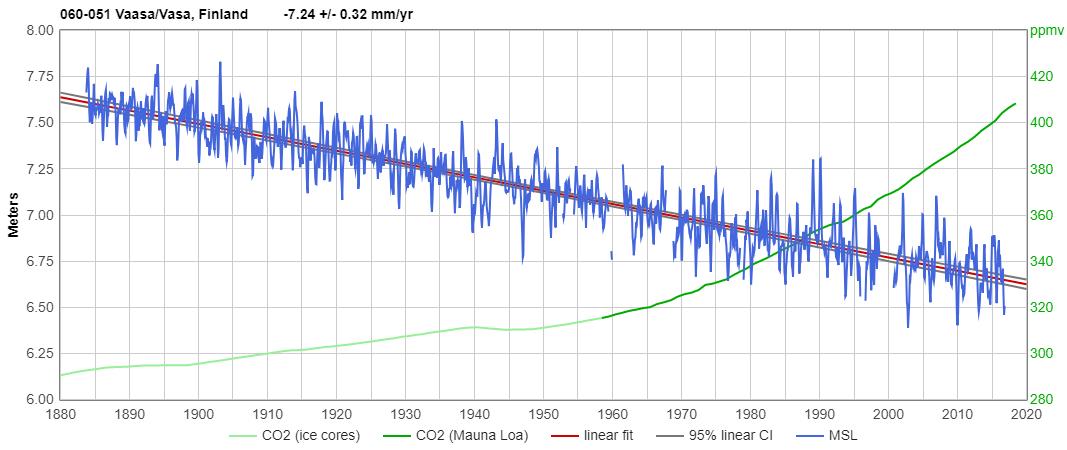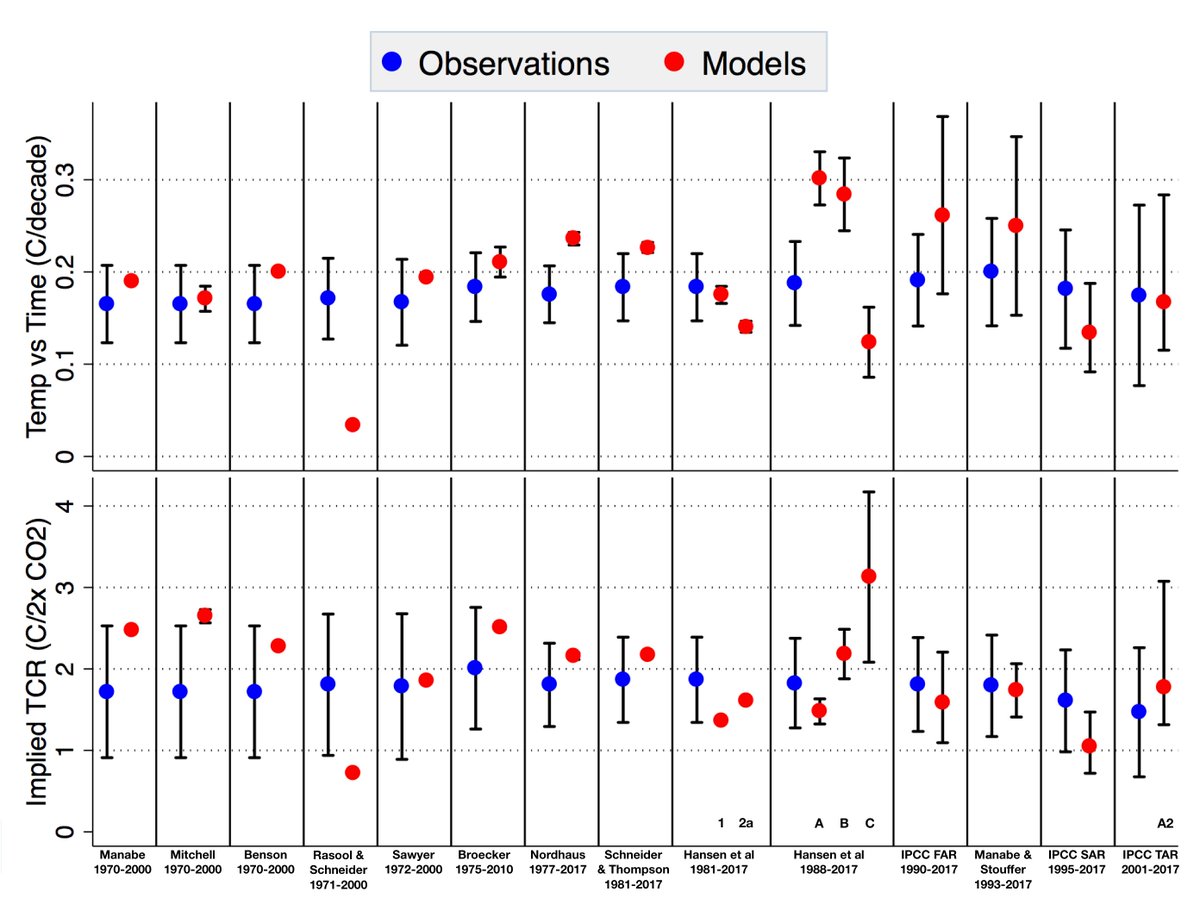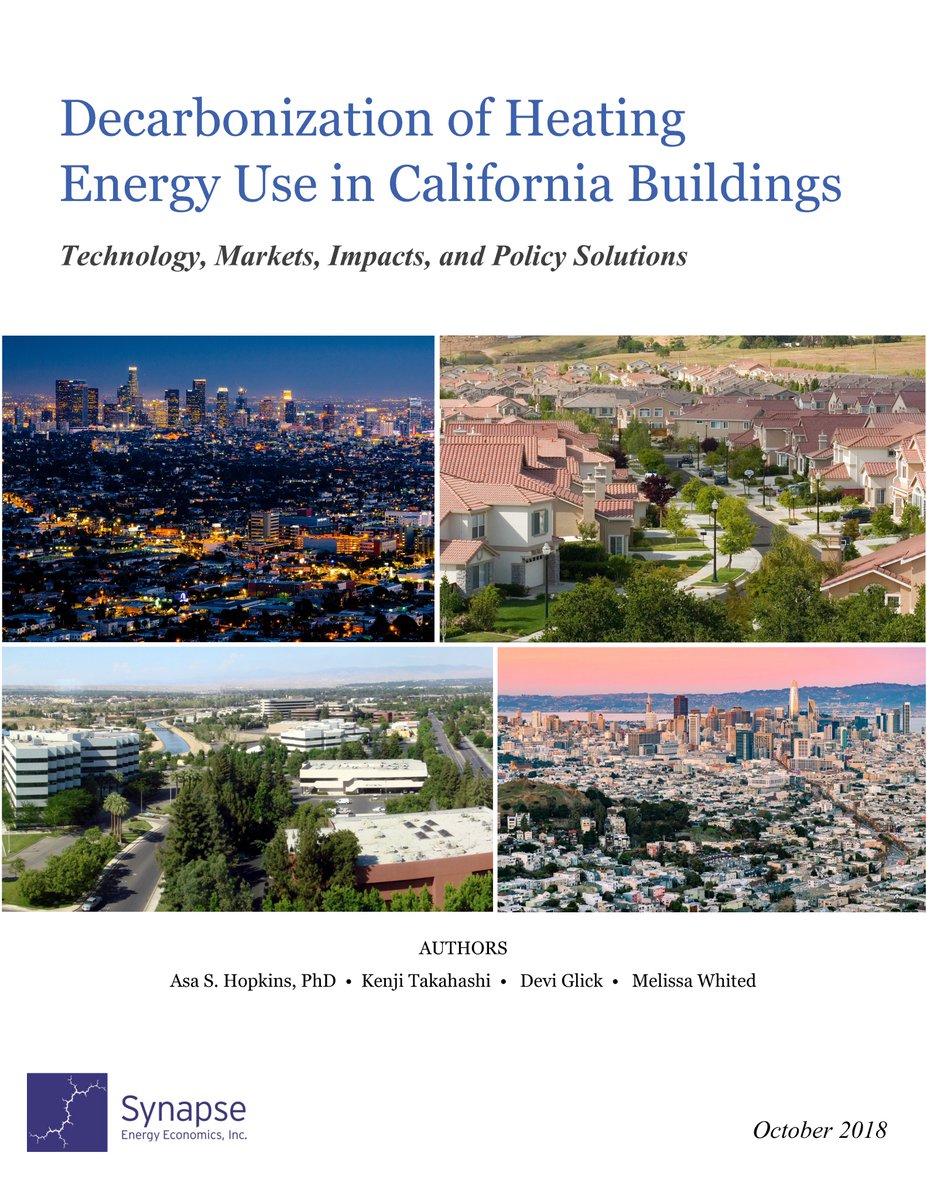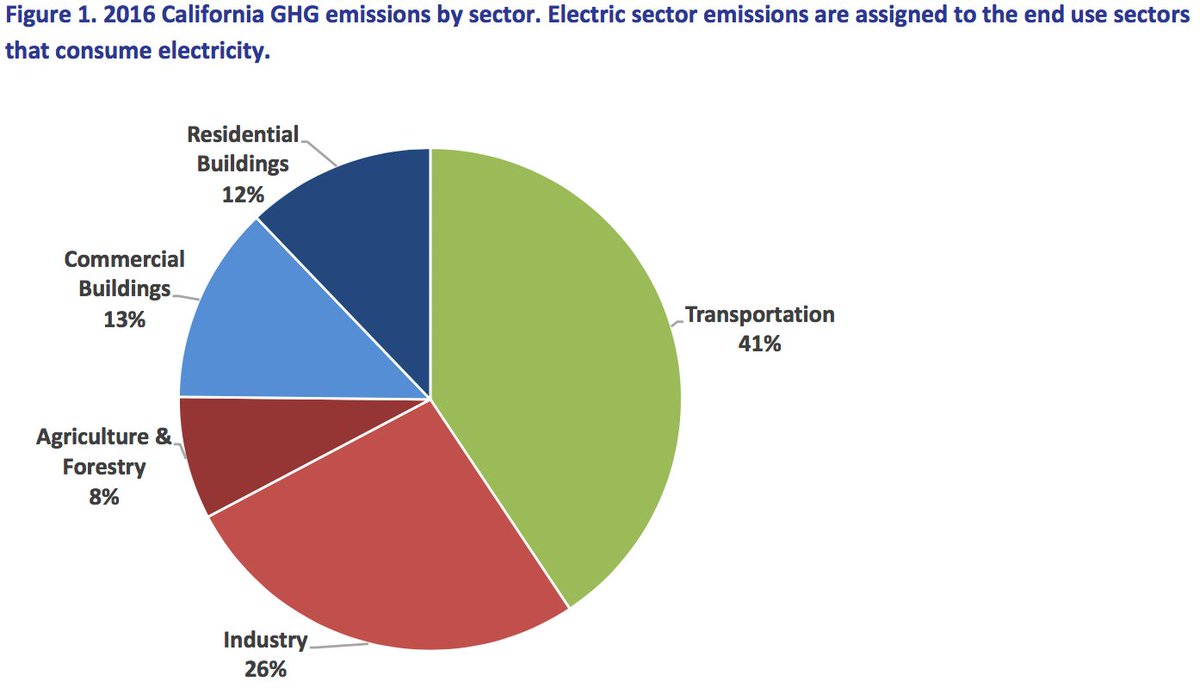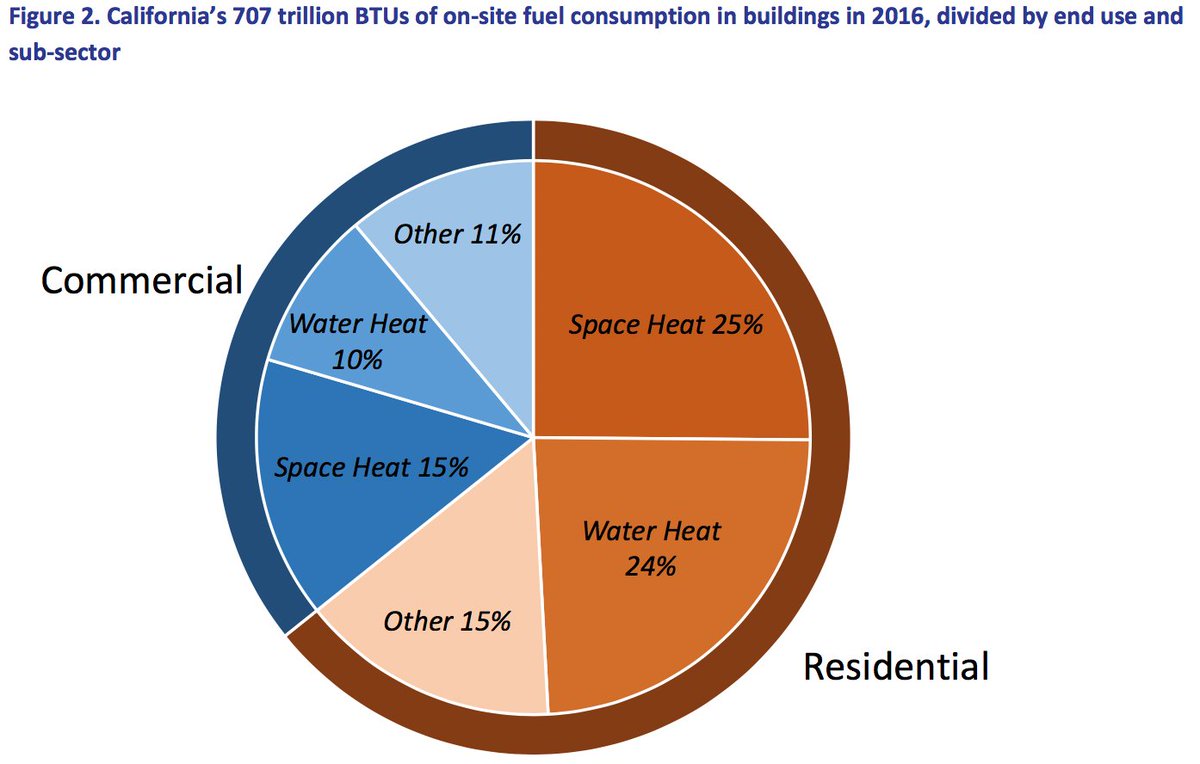sealevel.info/hansen88_predi…
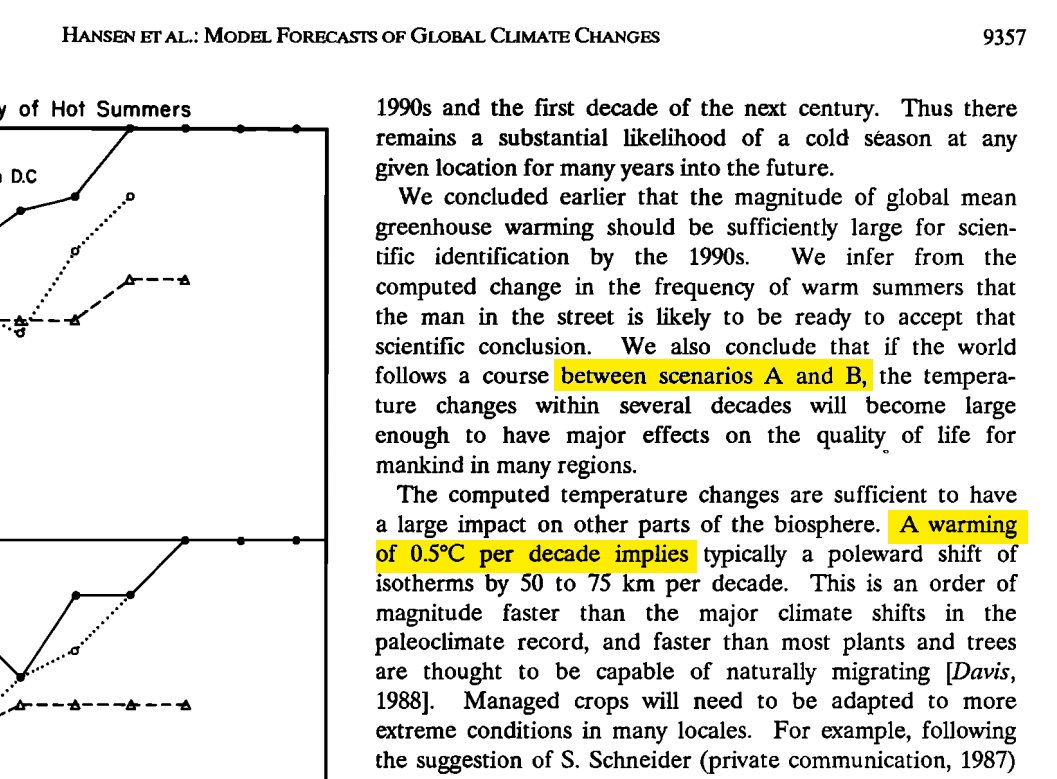
sealevel.info/hansen88_fig3_…

sealevel.info/1988_Hansen_Se…
sealevel.info/hansen88_descr…
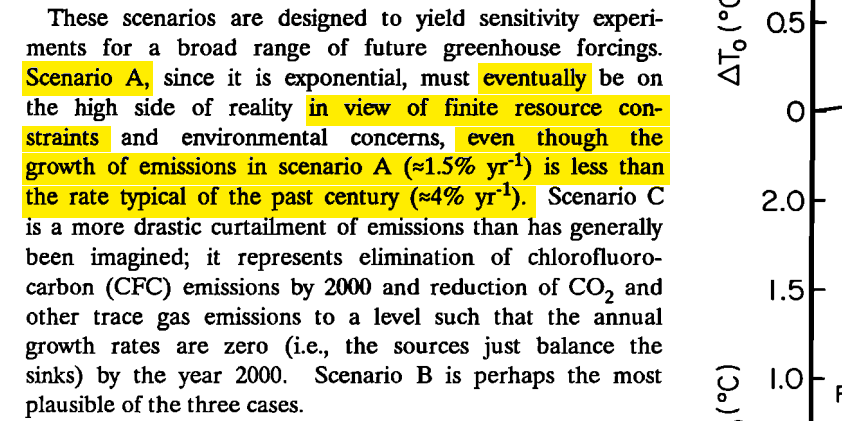
cdiac.ornl.gov/ftp/ndp030/glo…
"scenario A goes approximately through the middle of the range of likely climate forcing estimated for the year 2030 by Ramanathan… scenario B is near the lower limit of their estimated range."
sealevel.info/hansen1988_ret…
Here's a very complete review, after 20 years (2008):
Here an excellent review, after 30 years (2018):
(@EcoSenseNow, care to weigh in? Do you think a 200% to 300% error is "consistent with observations"?)
Here's a graph:
